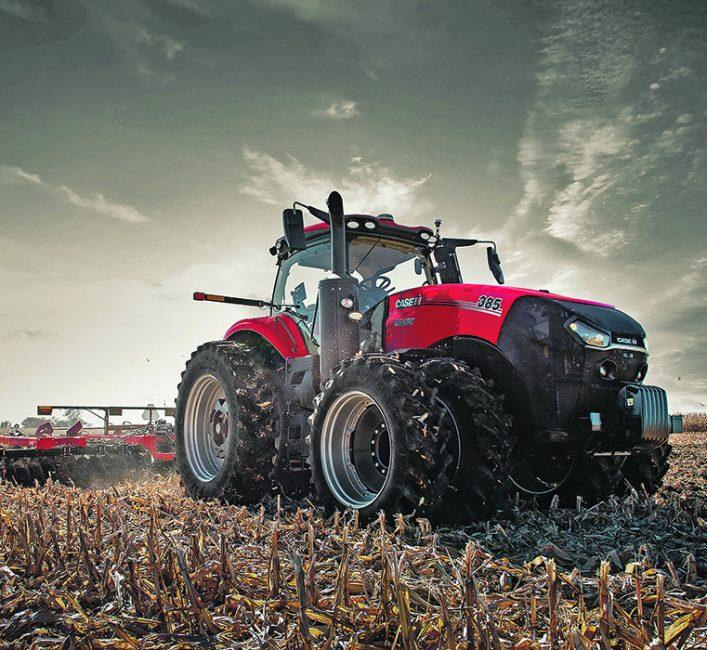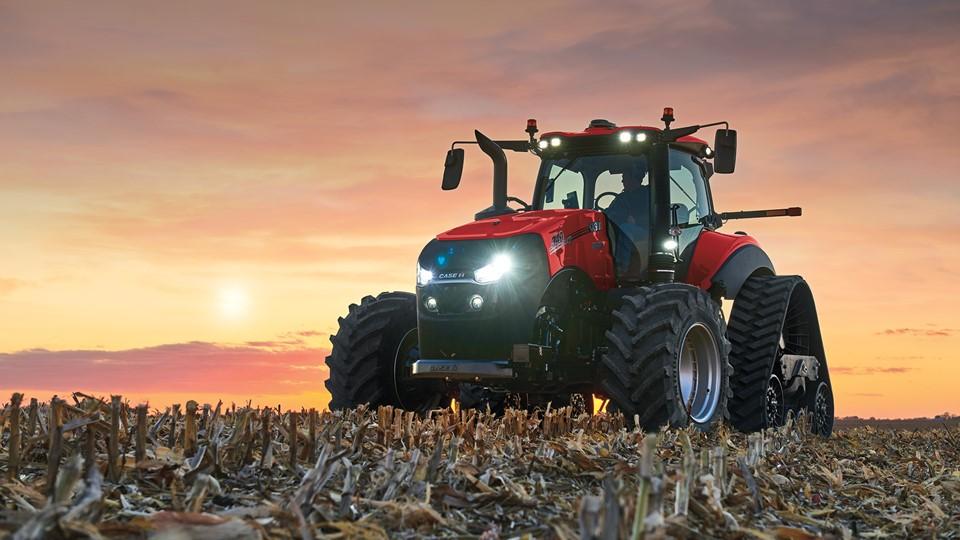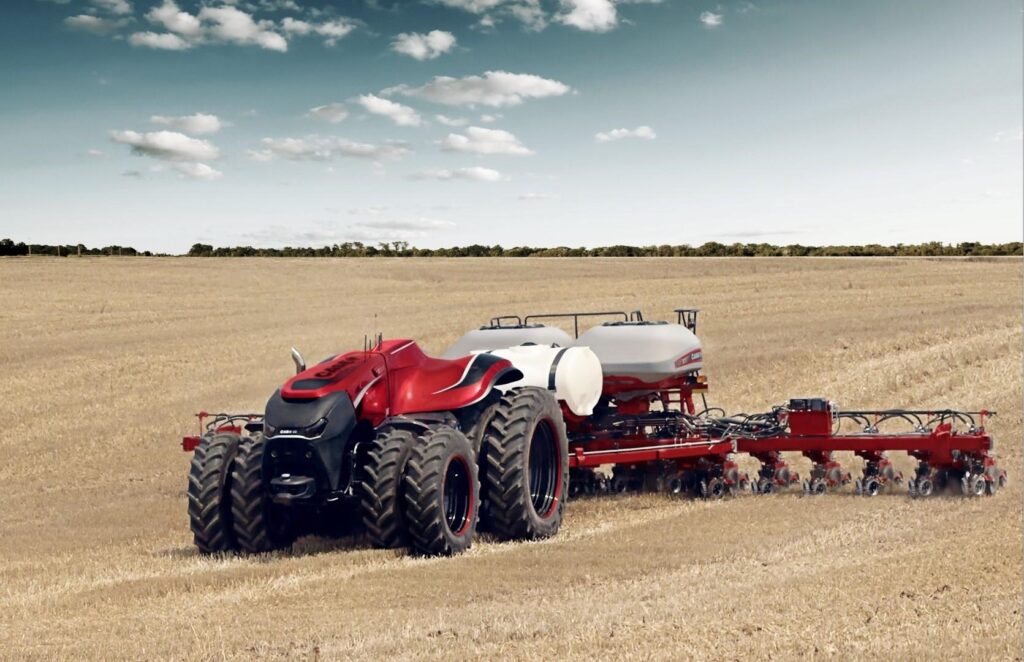Case IH’s latest generation of Magnum tractors represents a notable shift in agricultural machinery design, combining streamlined functionality with enhanced power output. These machines, known for their robust performance in large-scale farming operations, now feature simplified control systems while delivering increased horsepower. The reimagined series maintains its characteristic red livery but introduces a more intuitive operator interface alongside upgraded powertrain components, marking an evolution in the balance between usability and raw capability.The latest evolution in agricultural machinery brings a remarkable balance between simplicity and power, setting new standards for modern farming operations.Case IH’s engineering team has reimagined their iconic tractor series,focusing on reducing complexity while significantly boosting performance capabilities.
At the heart of these mechanical innovations lies a entirely redesigned power unit, featuring a 8.7-liter engine that delivers up to 400 horsepower while maintaining optimal fuel efficiency. The streamlined engine architecture eliminates unnecessary components, resulting in a 15% reduction in moving parts compared to previous models.
The transmission system showcases a revolutionary approach to power delivery, incorporating a new continuously variable design that operates with fewer gear sets. this advancement not only improves reliability but also reduces maintenance requirements. Farmers can now expect longer service intervals, with the first major maintenance check required only after 750 operating hours.
Electronic systems have been consolidated into a single, robust control module that manages all critical functions. This integration eliminates dozens of separate controllers and hundreds of feet of wiring, significantly reducing potential failure points. The simplified electrical architecture improves diagnostic capabilities and speeds up troubleshooting processes.
The hydraulic system has been reconfigured to deliver increased flow rates while using fewer components. A new load-sensing pump provides up to 220 liters per minute of flow through redesigned valve blocks that require 40% fewer seals and connections. This enhancement not only boosts lifting capacity but also minimizes the risk of hydraulic leaks.
Operator controls have been streamlined through an intuitive interface that provides access to all functions through a single 12-inch touchscreen display. The previous generation’s multiple screens and control panels have been consolidated, creating a cleaner, more user-pleasant cabin surroundings while maintaining full functionality.
Despite the reduction in complexity,these tractors offer enhanced precision farming capabilities. The simplified GPS guidance system now achieves sub-inch accuracy using fewer components, while maintaining compatibility with all major agricultural management platforms.
The cooling system exemplifies the “less is more” approach, utilizing a single, variable-speed fan that automatically adjusts to cooling demands. This replaces the previous multi-fan configuration, reducing power consumption while improving temperature management across all operating conditions.
Weight distribution has been optimized through strategic component placement, eliminating the need for additional ballasting in most applications. the streamlined chassis design maintains structural integrity while reducing the overall part count by 23%.
These engineering achievements demonstrate that agricultural equipment can become more capable while being less complex. The reduction in components not only improves reliability but also makes servicing more straightforward, ultimately reducing ownership costs while maximizing productivity in the field.



